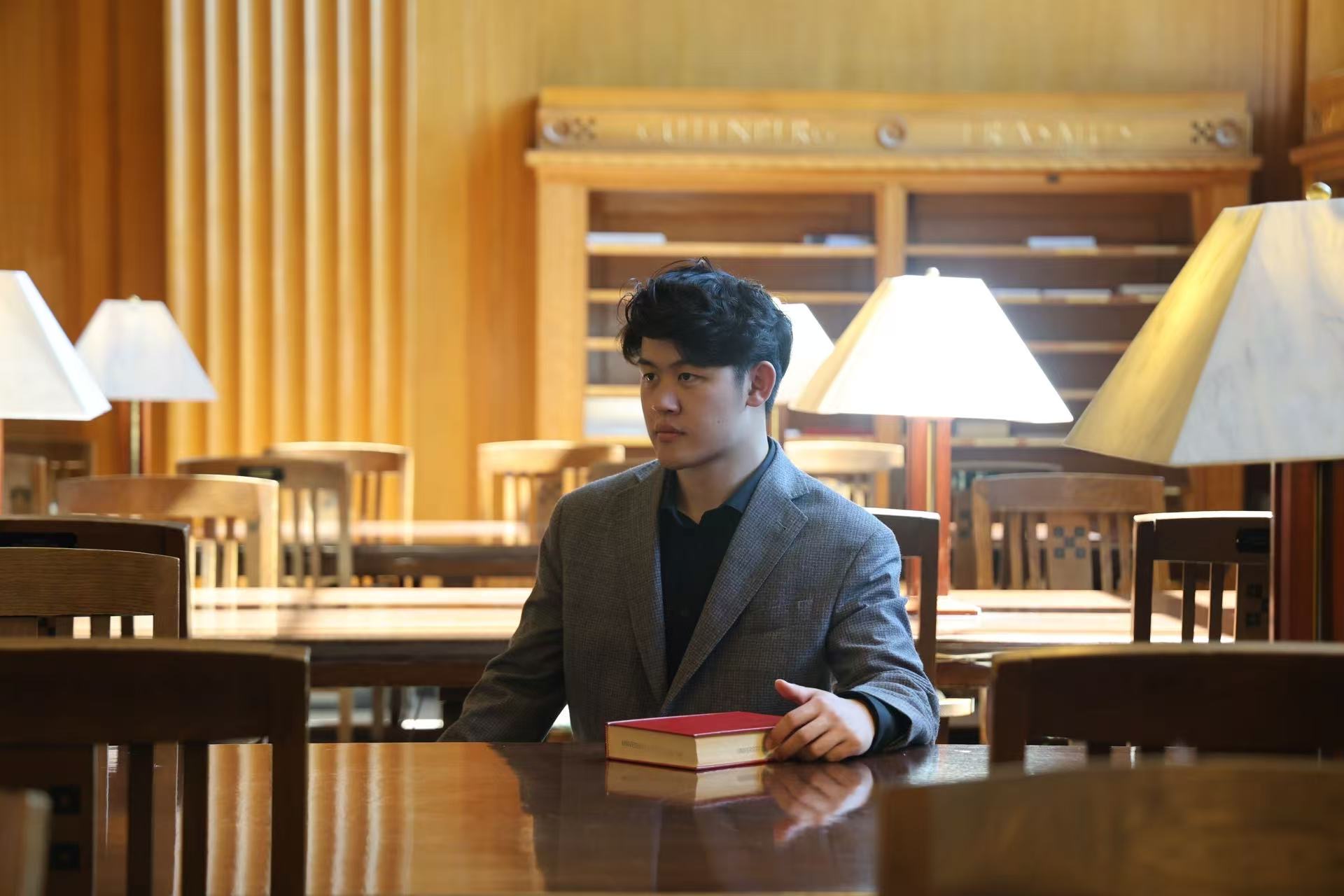Critical race theory began as a legal concept that explained how policies can be used to enforce a system that benefits white individuals while ignoring minorities and people placed at an economic disadvantage, focusing on systemic effects of racism. In public K-12 education, critical race theory can be defined as a method of teaching that addresses the origins of systemic borders for people of color.
Arguments in Favor of Teaching CRT in Schools
Those in favor of discussing CRT in K-12 education argue that these conversations give an uncensored version of history to students, and acknowledge how people of color have been disproportionately systematically affected. This is important because many elements of systemic racism still impact people of color today, leading to lower economic outcomes and opportunities. Some proponents also argue young people sublimely take in messaging that create unconscious biases, and openly discussing issues around race is an important way of addressing and undoing these biases before they have calcified. Prohibiting critical race theory also restricts educators in their teaching abilities. Some educators argue that due to proposed legislation, discussions about the Civil War and slavery might also be inadvertently curtailed and constrained, as certain aspects of what they teach could be categorized as critical race theory.
Currently, critical race theory is not included in the curriculum of public schools. Nonetheless, 17 states have broadened the scope of topics that educators can address, particularly those connected to critical race theory, indicating a tendency towards integrating elements of critical race theory into public education. Likewise, many have begun to place limitations seemingly against critical race theory. Of the fifty states, 14 have effectively limited how educators can speak on race, and 22 others have taken/plan on taking similar measures. Former President Trump issued several warnings and executive orders against implementation of critical race theory in public K-12 education during his time in office.
Arguments in Opposition
Many in opposition to CRT discussions in schools argue that CRT is the wrong method for achieving equality in the United States. They believe that discussing these narratives around unconscious bias and historical racism creates division between students where none need exist. Raising these topics to young children can actually backfire, and make them aware of differences between races. These narratives can also make white children view themselves as oppressors.
In addition, some believe that conversations about race are inherently personal, and parents have the right to decide how and when those conversations take place. They argue that every family has a different approach to addressing sensitive topics, and that parents are best positioned to lead discussions around race, bias, etc. based on their family values, history, and understanding of their child’s maturity.
CRT Moving Forward
As the United States government approaches another crucial election cycle in 2024, the issue of critical race theory in public K-12 education is poised to become a prominent topic, attracting attention and discussions from various political perspectives. Since there isn’t a centralized national curriculum or set guidelines dictating what should be included in education, individual states possess the authority to shape their own education systems. This grants them the ability to decide whether critical race theory or similar concepts are integrated into their respective state’s educational framework. However, President Trump’s efforts to limit CRT in schools via executive action suggest that national education standards might enter the conversation.



